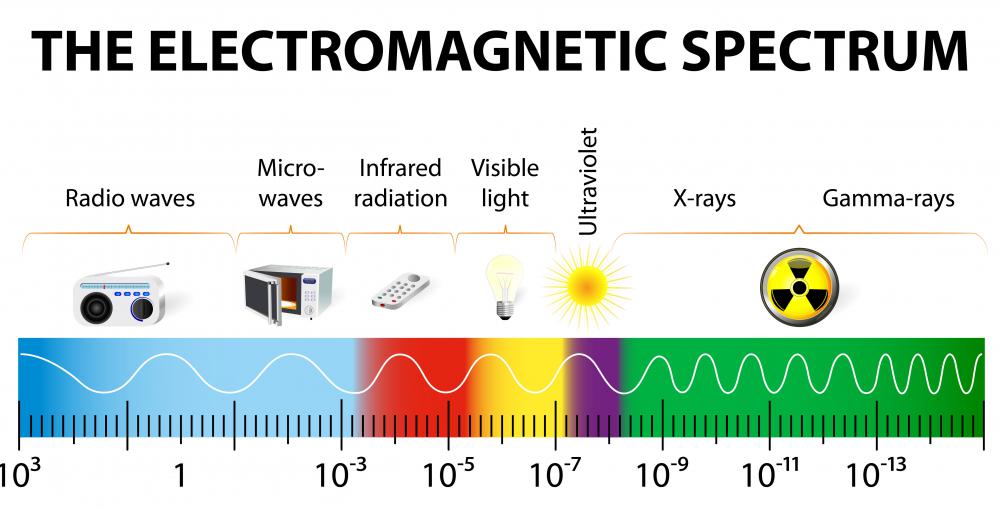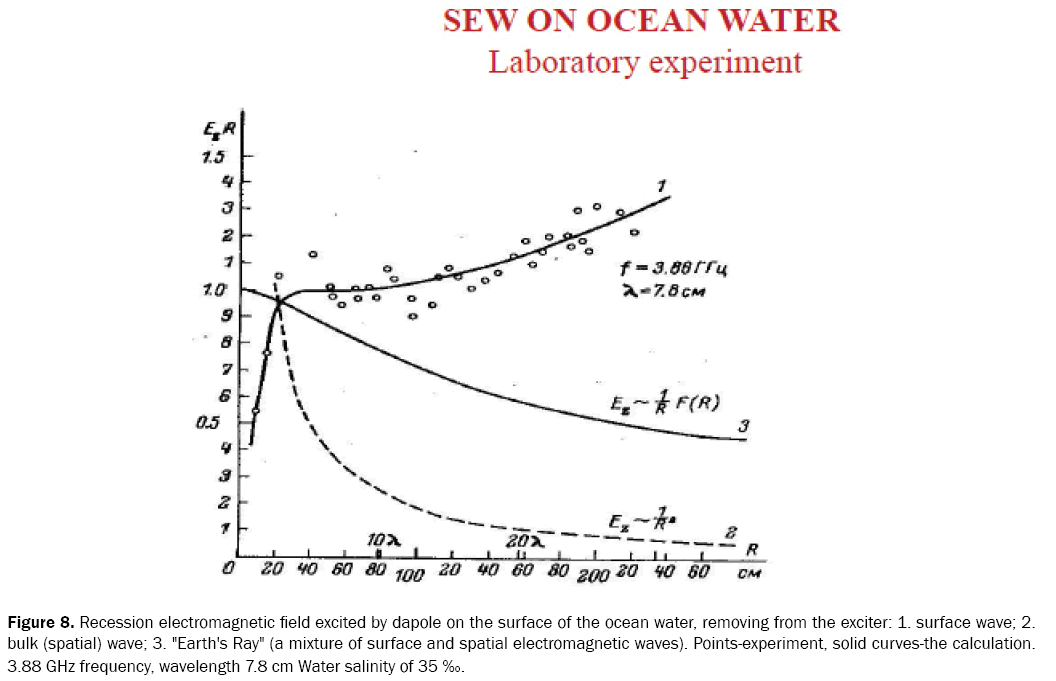
It is because of this that visible light is sometimes referred to as ROY G. Dispersion of visible light produces the colors red (R), orange (O), yellow (Y), green (G), blue (B), and violet (V). For these reasons, visible light is dispersed upon passage through a prism. Each color is characteristic of a distinct wavelength and different wavelengths of light waves will bend varying amounts upon passage through a prism. The separation of visible light into its different colors is known as dispersion. Isaac Newton showed that light shining through a prism will be separated into its different wavelengths and will thus show the various colors that visible light is comprised of. That is, when light of that particular wavelength strikes the retina of our eye, we perceive that specific color sensation. This narrow band of visible light is affectionately known as ROYGBIV.Įach individual wavelength within the spectrum of visible light wavelengths is representative of a particular color. Expressed in more familiar units, the range of wavelengths extends from 7 x 10 -7 meter to 4 x 10 -7 meter. This visible light region consists of a spectrum of wavelengths that range from approximately 700 nanometers (abbreviated nm) to approximately 400 nm.

In this sense, we are referring to visible light, a small spectrum from the enormous range of frequencies of electromagnetic radiation. Normally when we use the term "light," we are referring to a type of electromagnetic wave that stimulates the retina of our eyes. Since this narrow band of wavelengths is the means by which humans see, we refer to it as the visible light spectrum. Though electromagnetic waves exist in a vast range of wavelengths, our eyes are sensitive to only a very narrow band. The focus of Lesson 2 will be upon the visible light region - the very narrow band of wavelengths located to the right of the infrared region and to the left of the ultraviolet region. You are undoubtedly familiar with some of the other regions of the electromagnetic spectrum. Two very narrow regions within the spectrum are the visible light region and the X-ray region. The longer wavelength, lower frequency regions are located on the far left of the spectrum and the shorter wavelength, higher frequency regions are on the far right.

The diagram below depicts the electromagnetic spectrum and its various regions. The subdividing of the entire spectrum into smaller spectra is done mostly on the basis of how each region of electromagnetic waves interacts with matter. The entire range of the spectrum is often broken into specific regions. This continuous range of frequencies is known as the electromagnetic spectrum. Nonetheless, there are a variety of statements that can be made about such waves.Įlectromagnetic waves exist with an enormous range of frequencies. The precise nature of such electromagnetic waves is not discussed in The Physics Classroom Tutorial. Electromagnetic waves are produced by a vibrating electric charge and as such, they consist of both an electric and a magnetic component. Unlike mechanical waves that require a medium in order to transport their energy, electromagnetic waves are capable of transporting energy through the vacuum of outer space. We do not yet know the detail of how plants conduct photosynthesis, but in green plants, chloroplasts within cells are known to play a crucial role.As discussed in Unit 10 of The Physics Classroom Tutorial, electromagnetic waves are waves that are capable of traveling through a vacuum.

In other words, sunlight is a source of life on earth. All animals, including humans, live by eating these plants, thereby absorbing the oxygen produced during photosynthesis and indirectly taking in the energy of sunlight. In short, photosynthesis stores the energy of sunlight in the form of glucose. They then use this glucose to produce such materials as starch and cellulose. Plants use the energy of sunlight to synthesize glucose from carbon dioxide and water. Photosynthesis also is a type of chemical reaction. This is called a "photochemical reaction." Photochemical reactions do not occur with infrared light, but happen primarily when visible light and ultraviolet rays, which have shorter wavelengths, are absorbed. Sometimes, however, materials do chemically react to light. There are also cases where fluorescence or phosphorescence is emitted, but most of the time materials do not change.


 0 kommentar(er)
0 kommentar(er)
